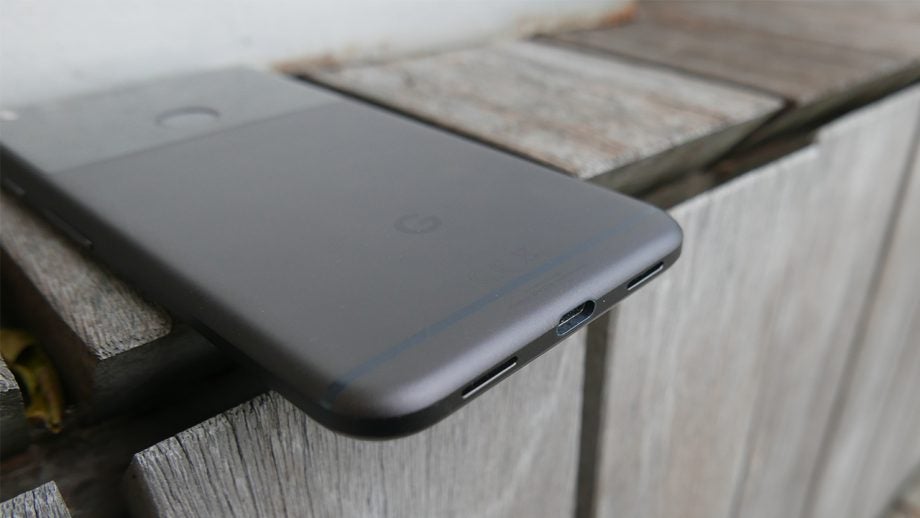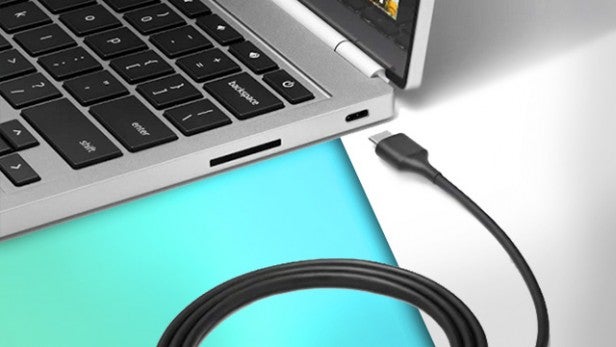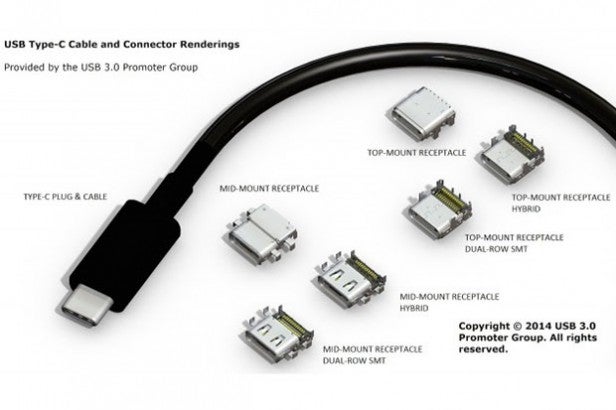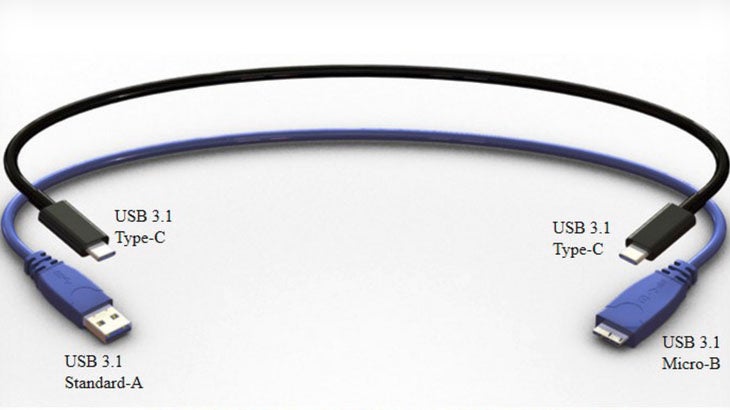What is USB 3.2 and why does it matter?

USB 3.2 has arrived, but what on earth does that mean? Allow us to explain the ins and outs of this new USB standard.
Announced yesterday by the USB 3.0 Promoter Group, the new standard works with USB-C, and its big feature is faster “multi-lane” traffic, which we’ll explain later. First, some background.
USB 3.2 – USB-C and the story so far
As mentioned, the new standard works with USB-C, and we don’t blame you’re finding all these different terms confusing.
You can find out everything you need to know about USB-C here, but essentially, rather than a data transfer standard, it’s the latest form of physical connection for USB, like with microUSB and miniUSB.
Unlike micro and miniUSB, however, USB-C has been designed to replace both ends of the cable.
USB-C can carry data across numerous connections such as Apple’s Thunderbolt, Displayport, HDMI, and, of course, USB 3.1 – which is currently the official data transfer standard for USB-C.
Related: Best smartphone

Just to make things even more confusing, so far we’ve had USB 3.1 gen.1 which unfortunately ran at the same speed as USB 3.0 – the standard used by the previous USB A cables.
Then gen.2 arrived, doubling that speed on certain hardware and cables that were compatible with the new version.
Now, we’ve had the launch of USB 3.2, which again ups the data transfer speeds.
Put simply, then, USB 3.2 refers to how data is sent across cables, while USB-C technology is a physical specification that dictates the appearance of plugs and wires.
USB 3.2 – What’s new?
The existing USB 3.1 can transfer data at up to 10 gigabits per second using two lanes (5Gbps per lane), but the new USB 3.2 tech aims to double that to 20Gbps, or 2GB/sec, by allowing for 10Gbps per lane.
However, the devices you’re using will have to support the newest USB hardware and come with the modern USB-C connectors.

That means, for the time being, the new standard is very much aimed at encouraging the industry to update its hardware – so it’ll be a little while before USB 3.2-compatible devices start showing up.
On the plus side, you won’t need new cables, as the original USB-C cables were designed to eventually be used with the higher speeds – that is, as long as they’ve been certified for SuperSpeed USB 10GBps.
As the USB Promoter Group explains: “A USB 3.2 host connected to a USB 3.2 storage device will now be capable of realising over 2 GB/sec data transfer performance over an existing USB Type-C cable that is certified for SuperSpeed USB 10 Gbps.”
Brad Saunders, USB 3.0 Promoter Group chairman, explained further: “When we introduced USB Type-C to the market, we intended to assure that USB Type-C cables and connectors certified for SuperSpeed USB or SuperSpeed USB 10Gbps would, as produced, support higher performance USB as newer generations of USB 3.0 were developed.”
“The USB 3.2 update delivers the next level of performance.”

Another benefit of USB 3.2 is that it will work with USB 3.0 and earlier devices, and requires only a minor hub update to “assure seamless transitions between single and two-lane operation.”
And that, for now, is all you need to know. The USB 3.2 specification is now in a final draft review phase, but the formal release is planned to go ahead in time for the USB Developer Days North America event in September.
What do you think of USB 3.2? Tweet us @trustedreviews.

